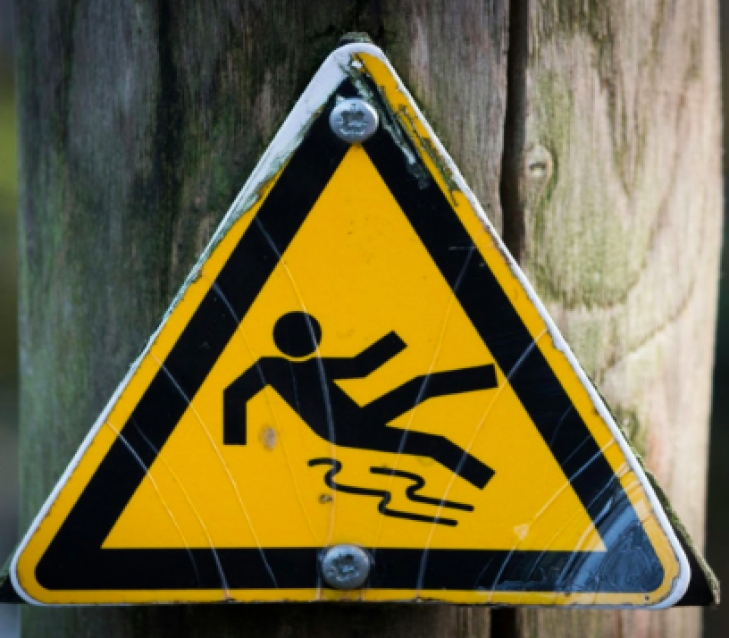What Are the Causes of Slip and Fall Accidents?
Wet and Slippery Floors
Wet or slippery flooring ranks among the most common sources of slip-and-fall accidents. Spills, newly mopped surfaces, or leaks are all possible slipping hazards that must be cleaned up immediately to avoid accidents. Business owners and property owners must mark wet areas with clear warning signs or clean up the spills right away to lessen the likelihood of an accident happening. Slippery floors in malls or restaurants often give rise to claims. In case the property owners fail to maintain safe conditions, they can be held liable for any injury that results from negligence. You may need an attorney like Blackburn Romey to assist you if you have slipped because of an unsafe premise.
Unlevel Surfaces and Unsecured Flooring
Other leading causes of slipping include uneven surfaces such as:
- Cracked sidewalks
- Potholes
- Loose tiles
These are very hazardous, especially in those areas that are not well lit where they may not be seen immediately. The owners of the property are responsible for making sure that irregularities are marked or repaired to make it safe for visitors. Lack of these may lead to severe injuries and possible cases in court. Most of these could have been prevented by better routine maintenance and inspection.
Poor Lighting
Poor lighting is a contributing factor in many slip-and-fall cases. When hallways, stairwells, and parking lots are not well-lit, it's difficult for people to see impending dangers. Property managers need to ensure that the lighting is adequate and functional, especially in high-traffic areas. Sometimes just simple things, like replacing burnt bulbs or adding more light fixtures, can make a world of difference in preventing accidents.
Weather-Related Hazards
Weather conditions, like rain, snow, or ice, are other additional risks for slip-and-fall accidents. This includes outdoor surfaces such as sidewalks, parking lots, and entryways, which become so treacherous during the winter months. Property owners have a duty to take reasonable steps to reduce the risk of weather-related hazards. This may include salting icy areas, shoveling snow, and placing mats at entrances to absorb moisture. Failure to do so may make property owners responsible for an injury.
Improper Footwear
Most slips and falls are a result of the hazard in properties, while the choice of footwear further enhances one's tendency to slip down due to poor grip or highly heeled shoes on a smooth or wet surface area. Dress codes established for job places could assist employers in bringing down workplace injuries and insist employees in specified areas prone to slipping hazards wear non-slipping footwear – for example, in kitchens, warehouses, and so forth.
Lack of Handrails or Safety Features
Handrails, guardrails, and other safety features are very crucial in preventing accidents both on stairs and high platforms. Their absence or being in disrepair is very dangerous, especially to people who have problems with mobility. Most building codes require such features for public safety, but property owners are supposed to maintain them periodically to ensure no accidents happen due to negligence.


